Method #1: np.mean
Calculate the mean of the image. If it is equal to 255 then the image consists of all white pixels.
if np.mean(image) == 255:
print('All white')
else:
print('Not all white')
Method #2: cv2.countNonZero
You can use cv2.countNonZero to count non-zero (white) array elements. The idea is to obtain a binary image then check if the number of white pixels is equal to the area of the image. If it matches then the entire image consists of all white pixels. Here's a minimum example:
Input image #1 (invisible since background is white):

All white
Input image #2

Not all white
import cv2
import numpy as np
def all_white_pixels(image):
'''Returns True if all white pixels or False if not all white'''
H, W = image.shape[:2]
gray = cv2.cvtColor(image, cv2.COLOR_BGR2GRAY)
thresh = cv2.threshold(gray, 0, 255, cv2.THRESH_BINARY + cv2.THRESH_OTSU)[1]
pixels = cv2.countNonZero(thresh)
return True if pixels == (H * W) else False
if __name__ == '__main__':
image = cv2.imread('1.png')
if all_white_pixels(image):
print('All white')
else:
print('Not all white')
cv2.imshow('image', image)
cv2.waitKey()

